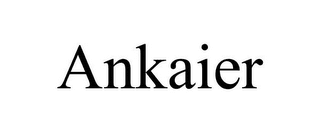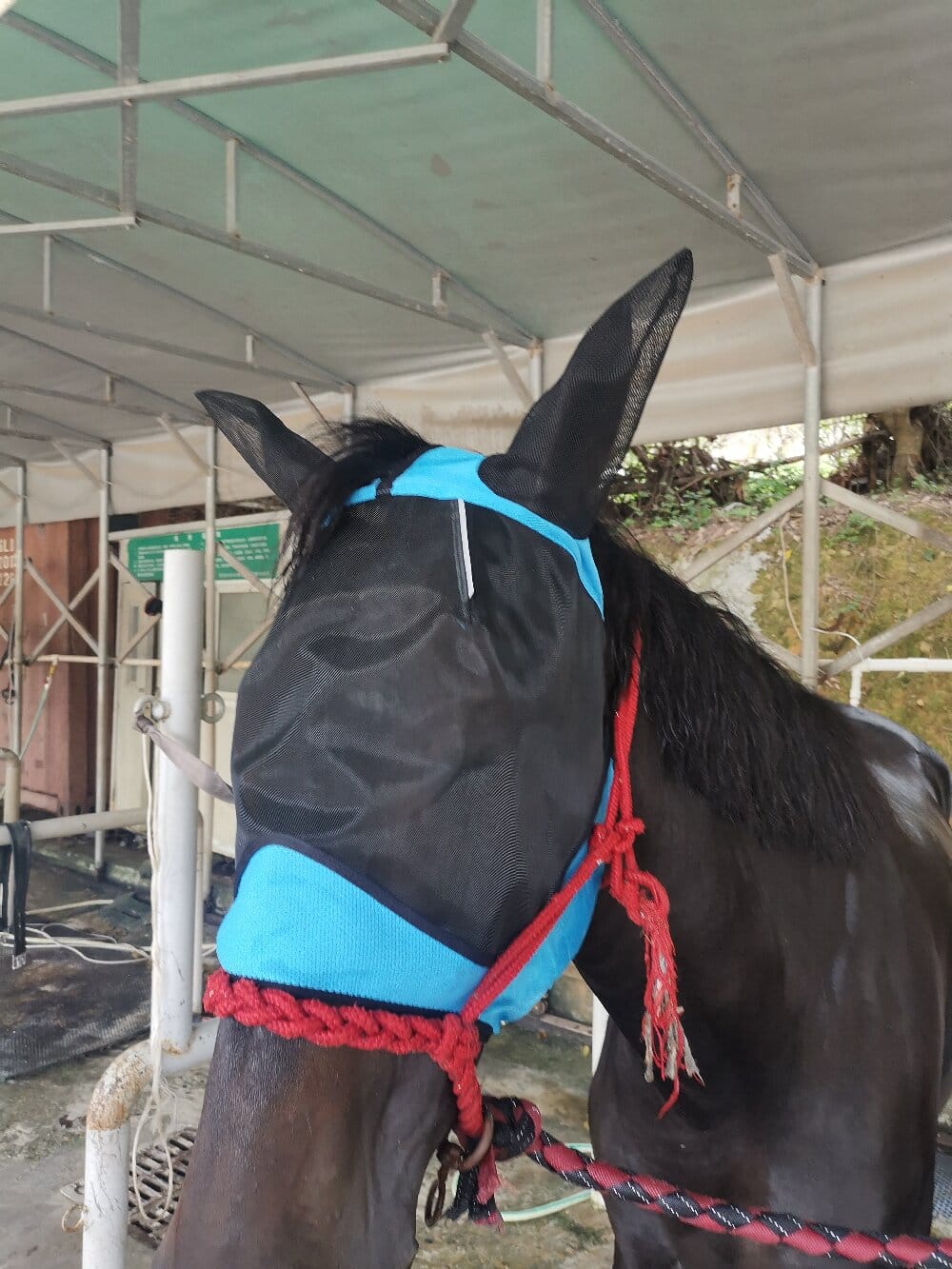For anyone who spends time around horses during the warmer months, the sight of a persistent horse fly relentlessly targeting a horse’s face is a familiar and frustrating one. This is where the humble horse fly mask transitions from a simple accessory to an essential piece of equine management. More than just a mesh screen, a well-chosen fly mask is a critical tool for safeguarding a horse’s delicate eyes and ears from biting insects, harmful UV rays, and self-inflicted irritation. The decision to use one, and which one to select, is a nuanced choice that speaks volumes about our understanding of equine welfare and the practicalities of modern horse care.
The Unseen Benefits of a Simple Shield
Many view a fly mask primarily as a physical barrier against flies, gnats, and mosquitoes, and this is indeed its most obvious function. The constant harassment from these pests can drive even the most placid horse to distraction, leading to head tossing, reduced grazing time, and general agitation. However, the true value of a quality fly veil extends far beyond insect defense. The most significant benefit, in my opinion, is the protection it offers from ultraviolet light. Horses with light-colored faces or those with conditions like equine recurrent uveitis are particularly susceptible to sun damage, which can exacerbate eye problems and cause discomfort. A mask with a certified UV protective coating acts as a pair of constant, breathable sunglasses, offering peace of mind on brilliantly sunny days.
Choosing the Right Horse Fly Mask: A Matter of Fit and Function
Walking into a tack shop or browsing online reveals a dizzying array of options, making the selection process seem daunting. The key is to prioritize fit and specific features over color or brand appeal. A poorly fitting mask can be worse than no mask at all; one that is too loose may slip, obstructing vision, while a too-tight mask can cause rubs and pressure sores on the sensitive skin around the eyes and ears. Look for soft, flexible edging, often made from materials like faux sheepskin, which helps to distribute pressure and prevent chafing. Furthermore, consider your horse’s environment and temperament. Does your horse need ear covers to deter gnats from that particularly annoying invasion? Would a muzzle fringe be beneficial for those that are sensitive around the nose? For the escape artist, a secure but breakaway style is non-negotiable for safety.
Material Matters: The Science Behind the Mesh
The industry has come a long way from the stiff, scratchy nets of the past. Today’s premier fly masks are marvels of functional design, utilizing advanced textiles that are lightweight, durable, and incredibly breathable. The mesh density is a critical factor—it must be fine enough to block the smallest gnats yet open enough to allow for ample air circulation to prevent overheating. Many top-tier masks now incorporate technologies like Irish knit, which provides a stretchy, comfortable fit that moves seamlessly with the horse. The treatment of the material is equally important; a high-quality UV protection factor is a must, and some masks even offer anti-microbial properties to help keep the mask fresher for longer between washes.
Integrating the Mask into Your Daily Routine
Introducing a new piece of equipment should always be done with patience. Allow your horse to sniff and investigate the mask before gently placing it on. Ensure the fit is correct: you should be able to fit a finger or two comfortably under the browband and cheek straps, and the eye area must be fully clear, allowing for unobstructed vision and full eyelid movement. A crucial, often overlooked, aspect of using a fly sheet for the face is daily maintenance. It is imperative to remove the mask daily to check for any signs of rubbing, irritation, or debris caught inside. This daily ritual is not just about inspection; it’s a moment to reconnect and ensure your horse is comfortable, reaffirming that this tool is for their benefit, not just our convenience.
A Concluding Thought on Comfort and Care
Ultimately, the decision to use a fly mask is a small but significant gesture in the broader context of responsible horsemanship. It represents a proactive step toward preventing needless stress and physical harm. By thoughtfully selecting a mask that offers superior protection, a comfortable fit, and durable construction, we are investing in our horse’s daily comfort and long-term ocular health. In the grand scheme of equine supplies, it may seem like a minor item, but its impact on a horse’s quality of life during fly season is profound. It’s a simple shield that speaks to a deeper commitment to understanding and meeting the nuanced needs of the animals in our care.

